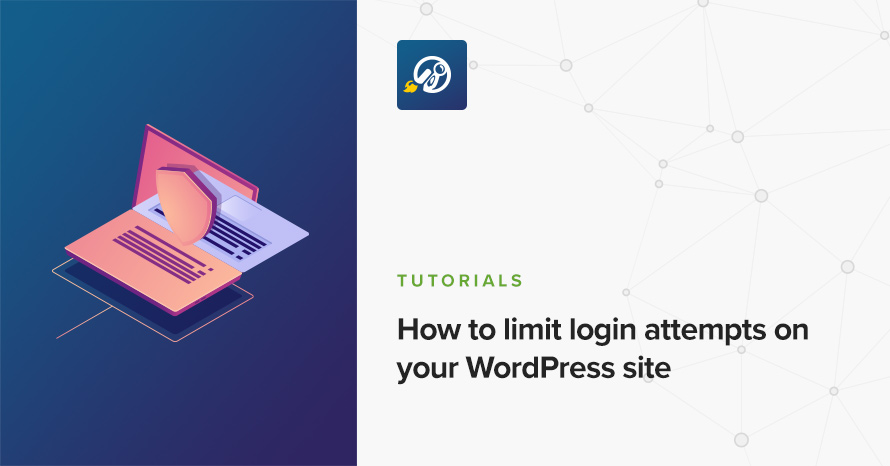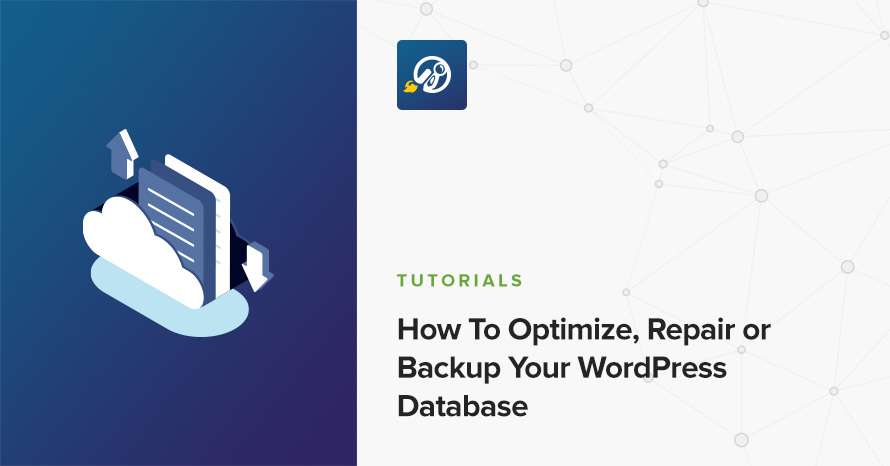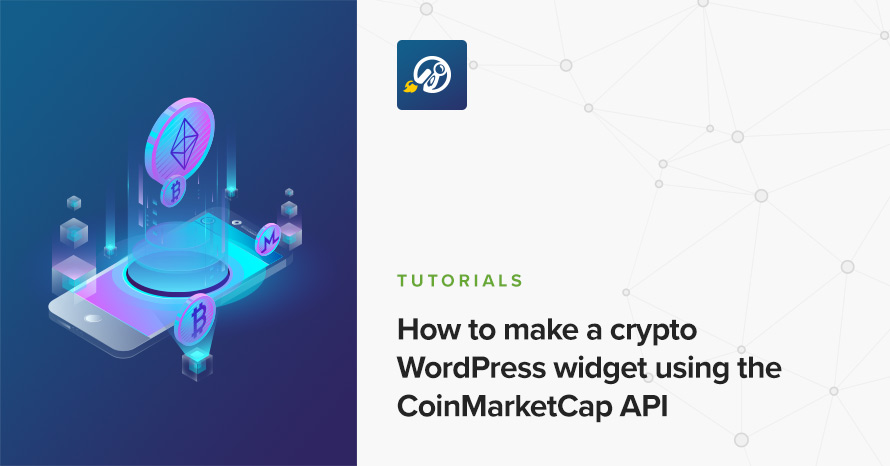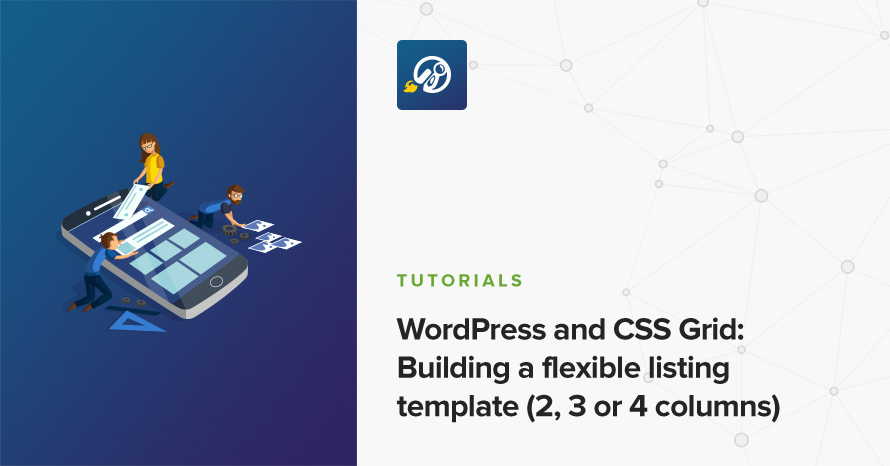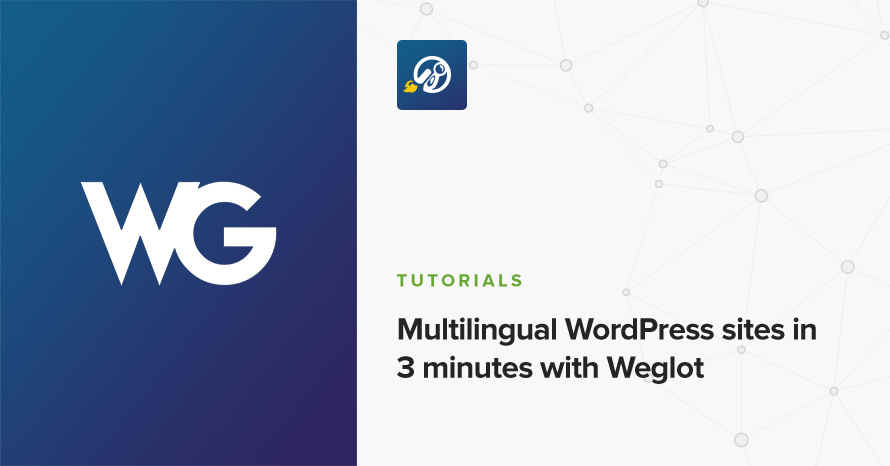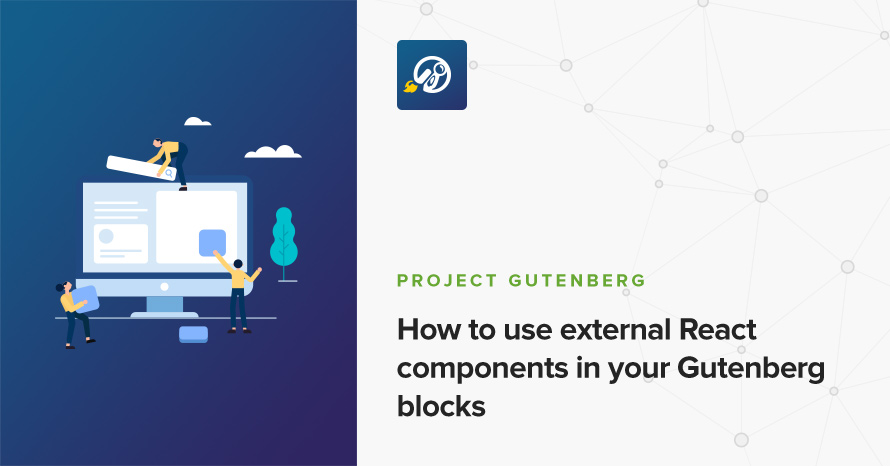How To Hide The Default WordPress Login URL
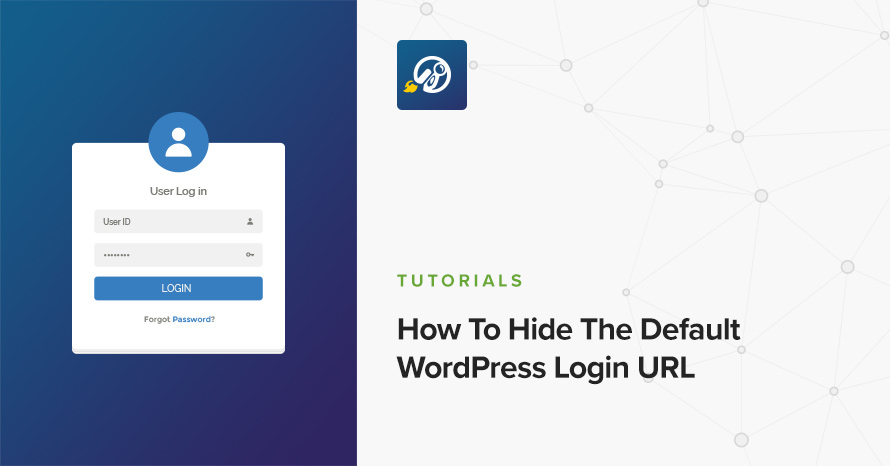
Continuing with our WordPress security theme, in this guide we’ll find out how we can further prevent unauthorized login attempts by hiding the default WordPress login URL. This introduces a big obstacle to attackers who by default target wp-login.php or wp-admin/, you can’t attack what’s not there, right? How are we going to do that? You guessed it, there’s a plugin for it.
